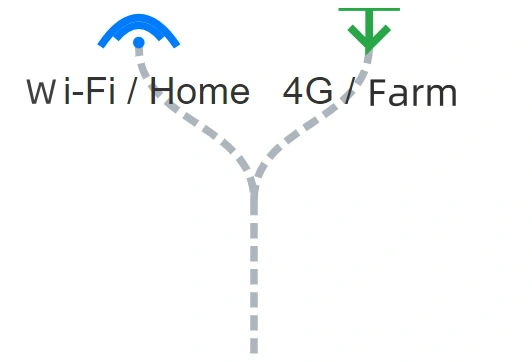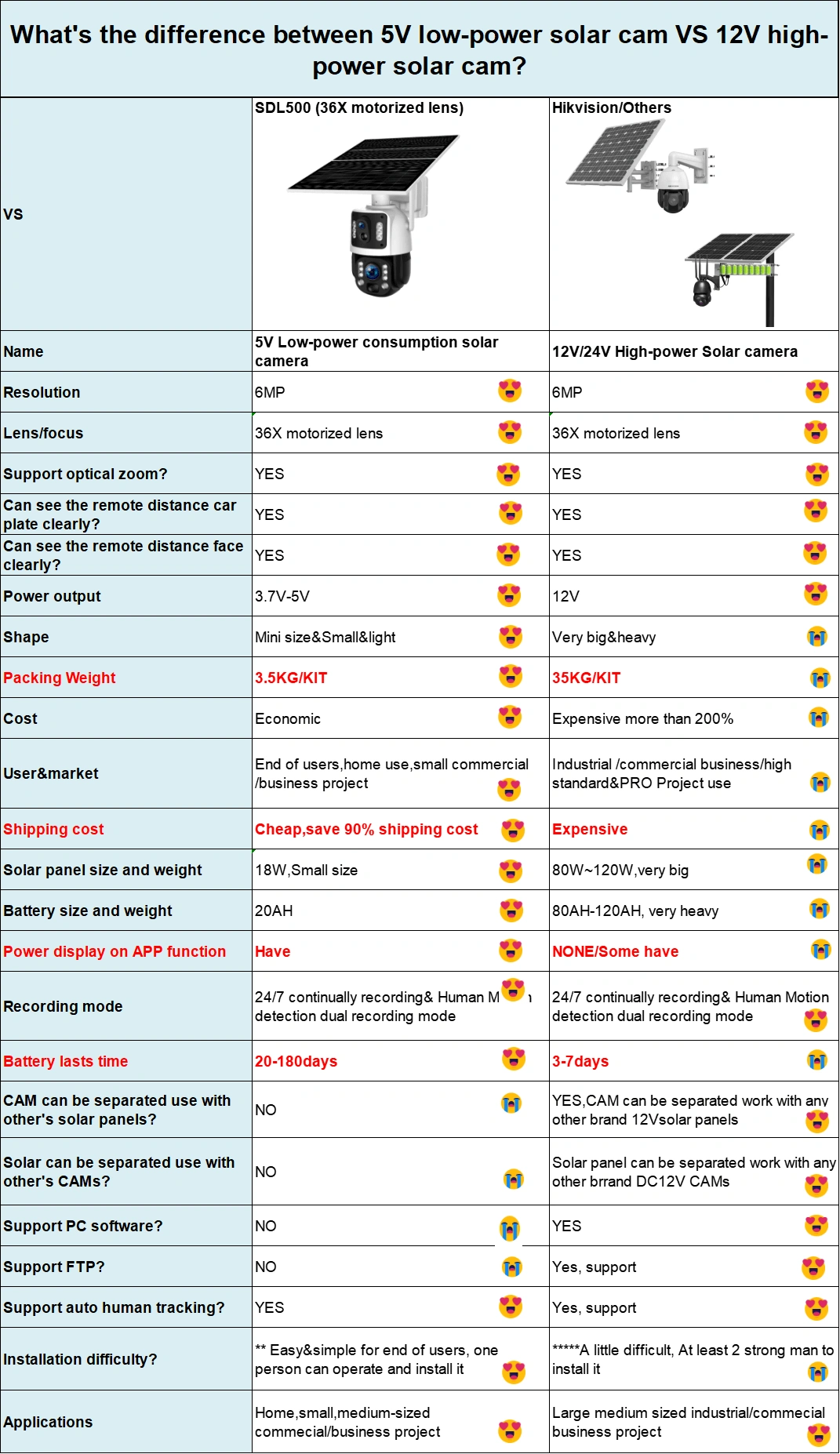The Best Solar Security Cameras of 2025: An Engineer’s Definitive Buying Guide
If you’re searching for the “best solar security camera,” you’re already asking the right questions. You need a reliable security solution for a location without easy access to power. But the internet is flooded with lists that often miss the most important point: the “best” camera is not a specific brand or model, it’s the one that is best for you.
As security product engineers with over a decade of experience, we’re not just going to give you a list. We’re going to give you the framework to choose the perfect camera for your needs, so you can buy with confidence.
Stop Asking “What’s the Best?” Start Asking “What’s Best for ME?”
Before you look at a single feature, ask yourself the most important question:
Where will I install this camera?
The answer immediately splits your options into two distinct categories, making your decision 10x easier.
Scenario 1: You Have Wi-Fi Coverage (Home, Small Business, Driveway)
If you need to monitor an area within range of your property’s Wi-Fi network—like your backyard, front porch, or small business parking lot—then a Wi-Fi solar camera is your ideal choice. It’s cost-effective and easy to set up. For this, a model like our SD320 is a fantastic, high-performance option.
Scenario 2: You Have NO Wi-Fi Coverage (Farm, Construction Site, RV, Dock)
This is where the real power of solar security comes into play. For any location beyond the reach of Wi-Fi—a remote farm gate, a sprawling construction site, a boat dock, or an RV in the wilderness—you need a 4G LTE solar camera. These cameras use a SIM card to connect to a cellular network, giving you true location freedom. Our flagship SD3210 was built specifically for this challenge.

The 5-Point Engineer’s Checklist for Choosing the BEST Solar Camera
Once you know whether you need Wi-Fi or 4G, use this checklist to evaluate any camera you’re considering. A truly “best” camera excels in all five areas.
1. The Power Trinity: It’s a System, Not Just a Battery
Don’t be fooled by a single big number for battery capacity. True power autonomy comes from a balanced system:
- High-Efficiency Solar Panel: Look for at least 8W-10W. This ensures the panel can rapidly recharge the battery even on days with limited sun.
- Large Capacity Battery: A 20,000mAh battery is the gold standard. This provides a massive energy reserve to survive long stretches of cloudy or rainy weather without going offline.
- Intelligent Power Consumption: The camera MUST have PIR thermal detection paired with AI analysis. This ensures it only wakes up for real threats (people, cars) and not for swaying trees, saving immense amounts of power.
2. Connection is King: Reliable 4G LTE vs. Standard Wi-Fi
As we covered, this is your first major decision.
- Wi-Fi: Perfect for home use. Ensure it supports a stable 2.4GHz connection, which has better range and wall penetration than 5GHz.
- 4G LTE: Essential for remote areas. Look for cameras with broad carrier compatibility (like AT&T and T-Mobile in the US) and a high-quality antenna for a stable signal.
3. See in the Dark: Beyond Basic Night Vision to Starlight Color
Most cameras offer black-and-white infrared (IR) night vision. But the “best” cameras offer Starlight Color Night Vision.
- Standard IR: Shows you a grainy, black-and-white image. You can see that someone is there.
- Starlight Color Night Vision: Uses highly sensitive sensors to render full-color video in extremely low light. You can see the color of a car or a trespasser’s jacket, providing far more useful evidence.
4. Intelligence That Matters: PIR + AI to Eliminate False Alarms
For a battery-powered camera, this is non-negotiable. A camera that sends you 50 false alerts a day from blowing leaves is not only annoying, it will drain its battery in days. The combination of a PIR sensor (detects body heat) and AI algorithms (identifies the shape of a person or vehicle) is the only way to get alerts that truly matter.
5. Built to Last: Understanding True Weatherproofing (IP Rating)
Any outdoor camera will claim to be “weatherproof.” Look for the official Ingress Protection (IP) rating.
- IP65: Protected from dust and low-pressure water jets (rain). Good.
- IP66: Protected from dust and powerful water jets. This is a more robust standard, ensuring the camera can withstand torrential downpours and harsh conditions. This should be your minimum standard.
A Final Word on Subscriptions: Cost vs. Value
Many of the “best” cameras offer optional subscription plans. Don’t view this as just a cost. View it as a service.
- Cloud Storage: Keeps your video evidence safe from theft or damage to the camera’s local SD card. It’s a critical backup.
- 4G Data Plan: For 4G cameras, this is the service that enables its core function. We offer flexible, affordable data plans to make getting online simple.

Conclusion: The Best Camera is a Complete System
The best solar security camera isn’t the one with the single biggest number on its spec sheet. It’s the one where every component—the panel, the battery, the software, the connection, and the construction—works together in a balanced, reliable system to solve your specific problem.
Ready to find the perfect security system for your property? Explore our engineer-designed cameras or contact our experts for a personalized recommendation.
